A pressure wash can help keep your house in good shape, but don’t go overboard! Pressure washing can make things worse instead of better if you are not careful.
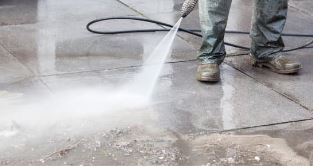
Here are 10 precautions you should follow when choosing to pressure wash the following.
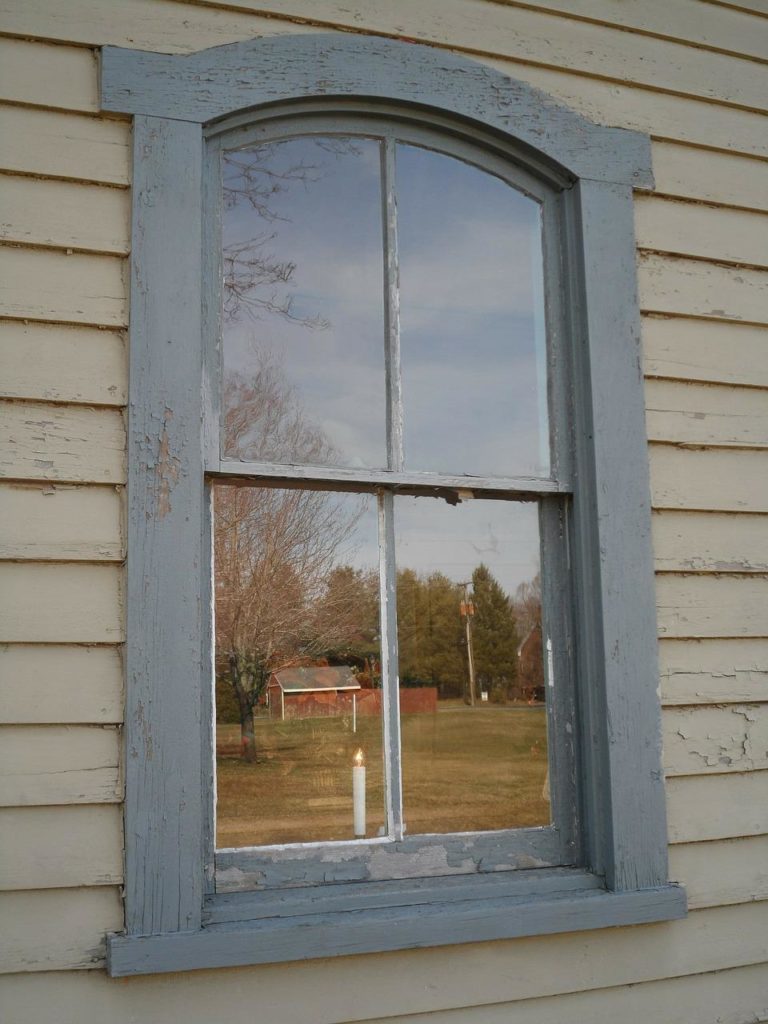
1. Wood Siding
You can pressure wash wood siding the right way, but if your water pressure is too high, you can also force water up and under the surface. If water gets under the siding, it can damage the insulation, the electrical wiring, and even cause mold to grow. A high-powered pressure wash could also dent aluminum and vinyl siding, so if you want to use a pressure washer to clean your siding, learn the right way to do it first.
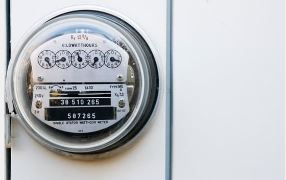
2. Meters for electricity
Do not use a pressure washer on anything that has electricity in it, even if it is outside your house or in your yard. Even if a building is made to withstand a rainstorm, pressure washing can force water into cracks and crevices, causing damage and expensive repairs.
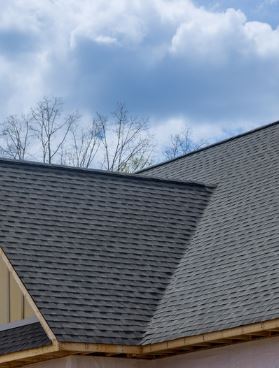
3. Shingles of asphalt
If your roof is made of asphalt shingles, never use pressure to clean it. The water pressure removes the protective granules from your roof. Also, using a pressure washer in a high place is dangerous because when you squeeze the trigger, the powerful recoil of the spray wand could throw you off balance and off a ladder.
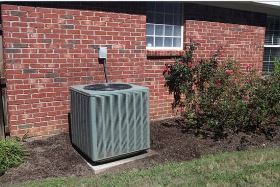
4. Cooling systems
Don’t use a pressure washer to clean your air conditioning unit. The strong flow of water can bend or break the thin fins and block airflow, which makes the unit last less time. Instead, use a butter knife to straighten the cooling fins and a vacuum and a much gentler water flow to wash away the dirt.
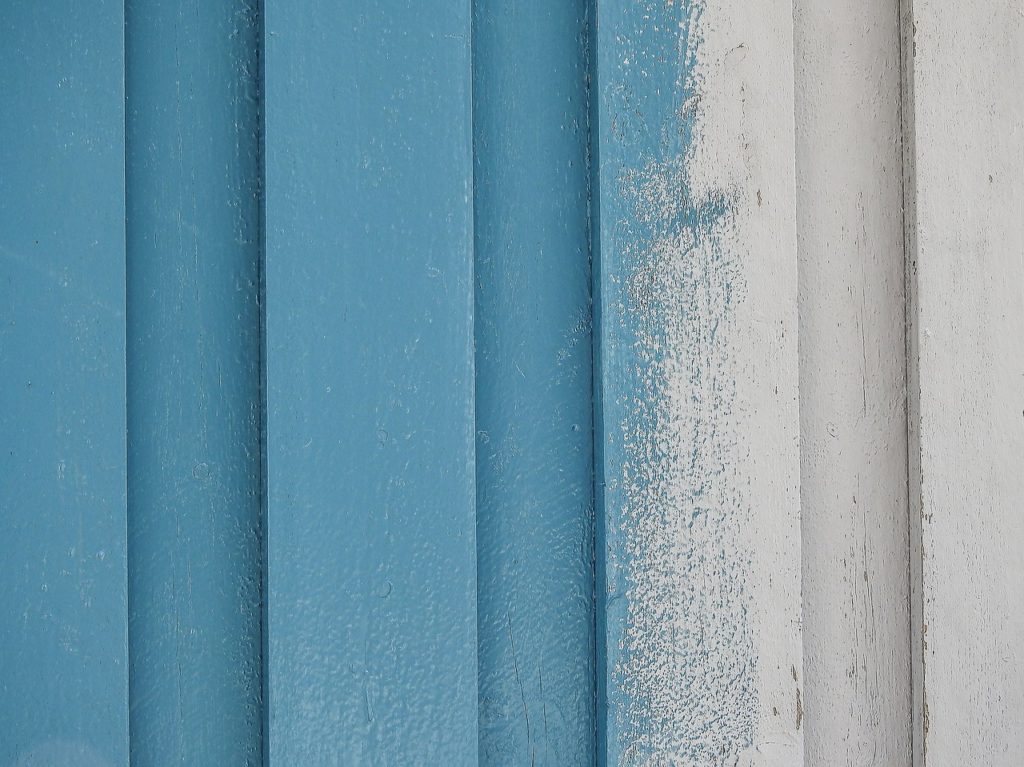
5. Paint with lead
Never use a pressure washer to get rid of lead paint. Lead paint should not be blasted into the air and other surfaces when it is being taken off. Instead, it should be carefully contained.
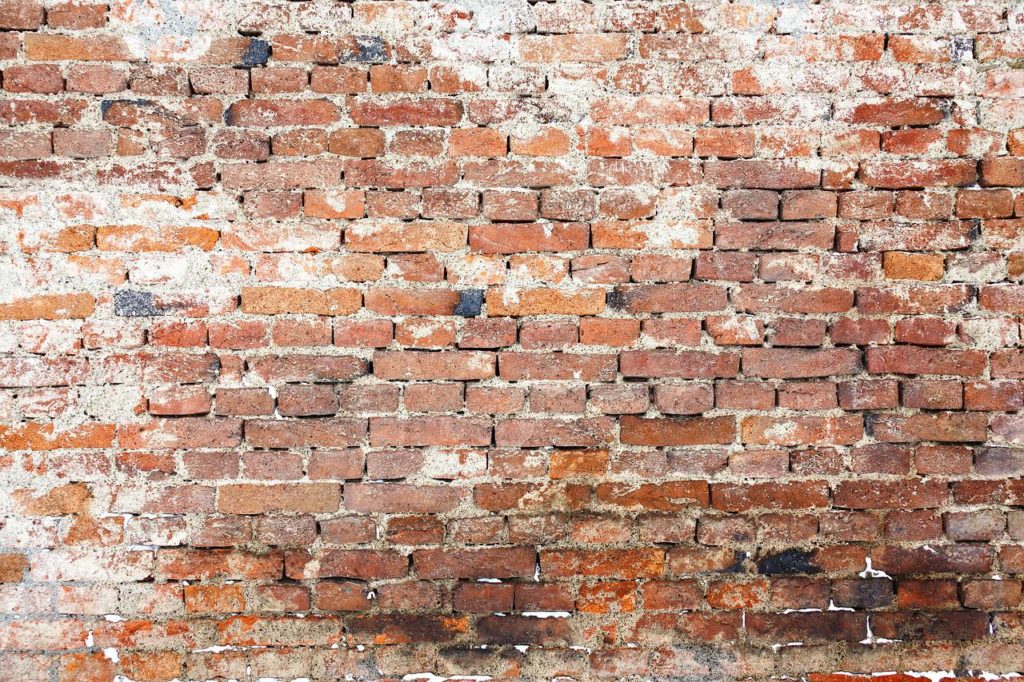
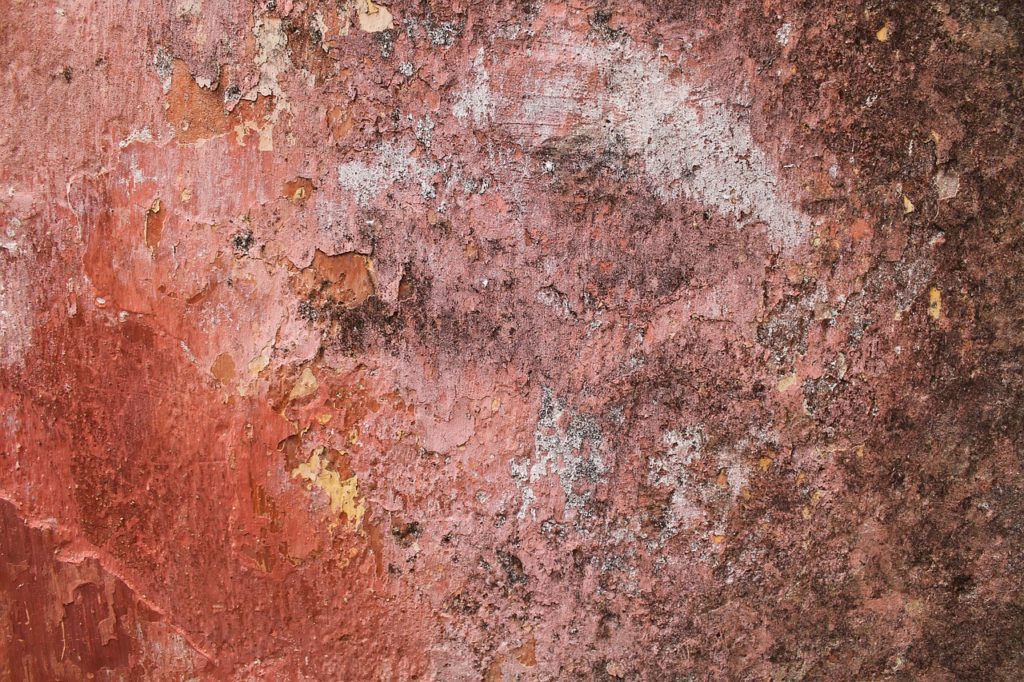
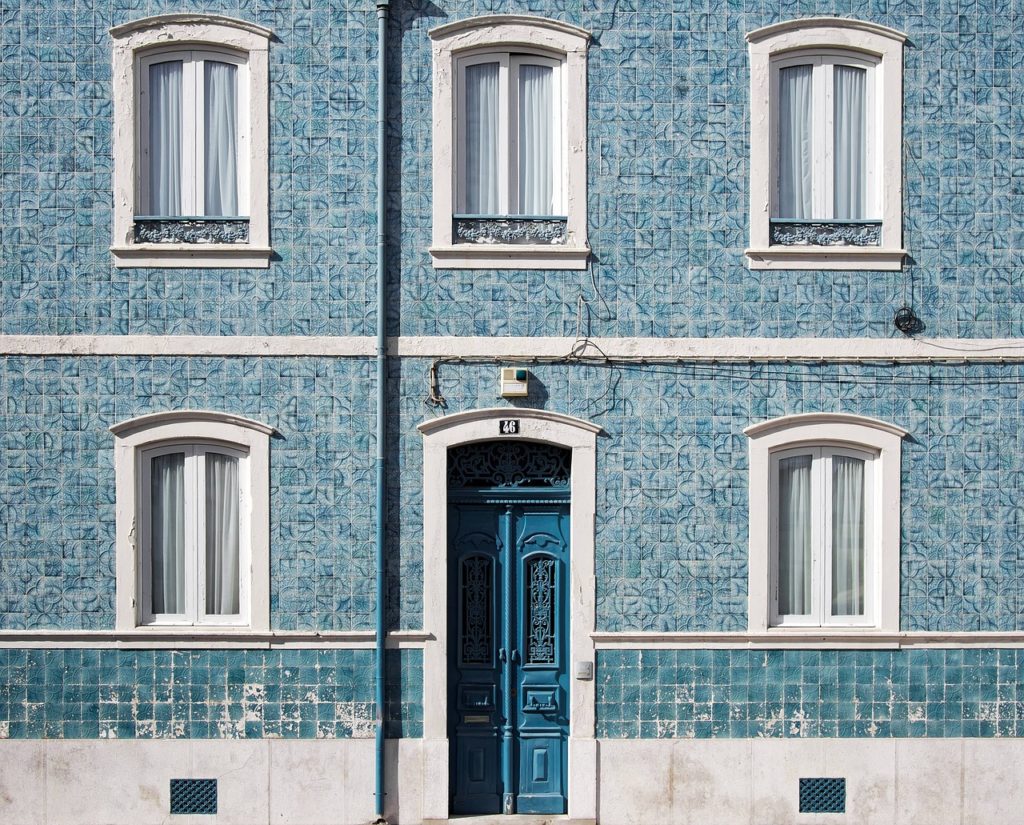
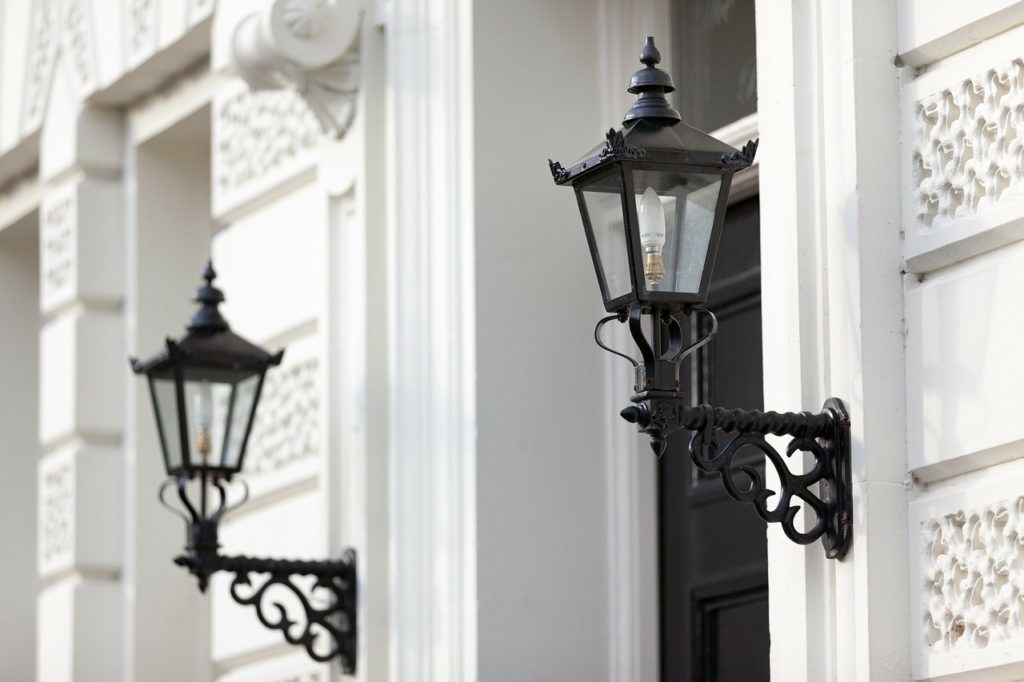
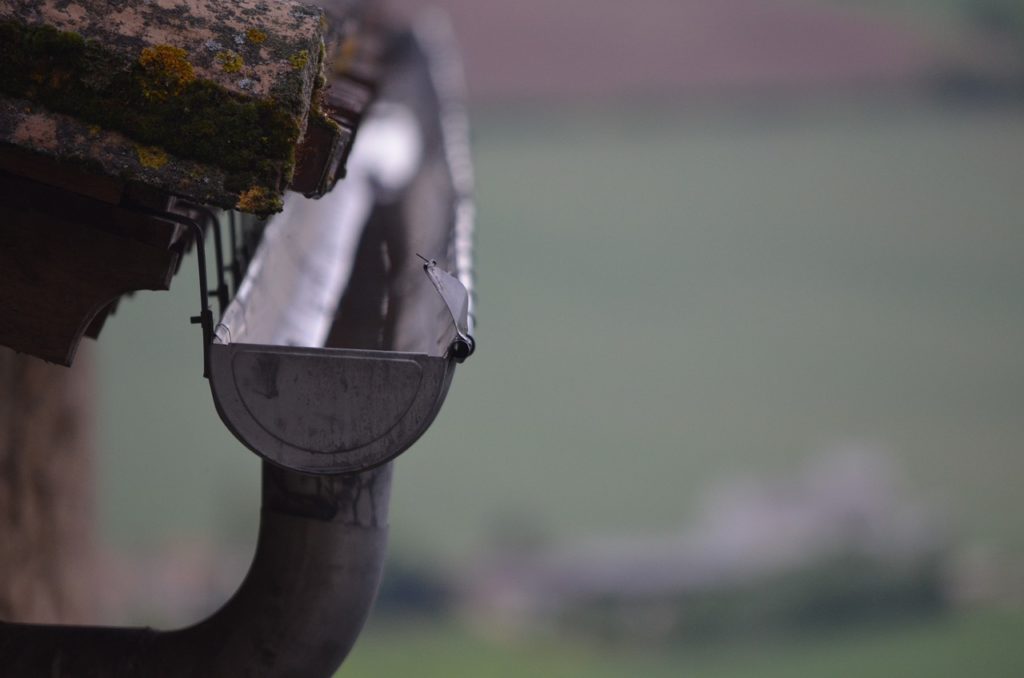
6. An Old Brick
7. Paint you want to stay put
8. Windows
9. Lights for the outside
10. Gutters
A pressure washer will hurt old brick houses and other surfaces in the yard that are made of mortar. High-pressure washing will blast away any loose materials, especially on older buildings. Use this method instead of a pressure washer to get rid of hard water stains on brick.
Most paint comes off easily with a pressure wash, so if you want to clean painted items like a porch floor or painted outdoor furniture, use a low-pressure flow of water.
Don’t wash windows with pressure! The high pressure can break them, which will cause you a lot of trouble and cost you a lot of money to fix. Instead, use these tried-and-true tips from professionals on how to wash windows the right way.
Even though outdoor lighting can handle rain and other weather, you shouldn’t use a pressure washer on it. You could force water into cracks and damage the building. Learn how to set up your own low-voltage outdoor lighting.
Even though it seems like a good idea, you should never use a pressure washer to clean the inside of your gutters. It’s best to remove debris by hand (or with this trick) and then use a garden hose to clean the inside.
Gutters can handle heavy rain, but they can’t handle the force of a pressure washer. Instead of a pressure washer, use this tool to clean your gutters.
Let’s Get Started
Check the weather report for your area and choose a day in the spring or fall when the weather is nice. It’s best not to wash in the hot summer sun because the cleaning products could dry out before you can rinse them off.
Make sure the psi works for your situation by looking at the machine’s manual.
Safety Tips for Pressure Washing
Pressure washers are so strong that they can rip skin off or cause blindness if the water is sprayed into the eyes. Don’t mess around with the equipment or use it to spray a friend or wash your hands or feet.
Call leggettandsonspainting “We Paint So You Don’t Have To”, and that includes pressure washing.
Putting water and electricity together is a bad idea. If you don’t want water to get inside, close any outdoor outlets or cover them with duct tape. Also, be aware of any power lines above you that the extension wand could hit, and be careful to stay away from them as you work.
Protect your eyes. Dirt, rocks, pieces of wood, or anything else that the water hits can become dangerous projectiles.
Never put a power washer on a ladder. Even if you have a helper holding the ladder, the washer’s spring could throw you right off. Because of the risk of recoil, pros often use scaffolding.
Call leggettandsonspainting “We Paint So You Don’t Have To”, and that includes pressure washing.
How to Pressure Wash a House: 7 Steps
Follow the steps below to clean the outside of your home. You’ll start by spraying your house with a common garden sprayer and then use a pressure washer.
STEP 1: Cover the plants around you and close and lock the doors and windows.
Cover shrubs, plants, gardens, and the lawn with drop cloths or plastic sheets to keep them safe. If your doors and windows leak, close them and cover them with duct tape or plastic sheeting.
STEP 2: Get ready to clean your house
Mildewcide can be bought at home centers. Follow the directions on the bottle to mix it with water in a 5-gallon bucket. One part of bleach for every nine parts of the mildewcide-detergent solution should be added. Pour this into the sprayer.
STEP 3: Put the right nozzle on your pressure washer and get ready to go.
Set up the pressure washer so it’s ready to go when you’re done scrubbing and spraying with the garden hose. Look on the back of the pressure washer for the hose mount. Attach the garden hose to this mount and make sure the other end is connected to the outside spigot.
Use a 15-degree spray nozzle on tougher surfaces and with a higher psi. Choose a 25- or 30-degree nozzle for surfaces that don’t need as much pressure. If you’re washing a building with two floors, start at the top and work your way down. You may need an extension wand to reach the second floor.
If you’re using a scaffold to get to the second floor, set it up according to the instructions from the manufacturer. Place the scaffolding far enough away from the siding that you can reach between 1.5 and 3 feet with the wand in your hand. Make sure to lock the wheels of the scaffolding in place before you use it.
Call leggettandsonspainting “We Paint So You Don’t Have To”, and that includes pressure washing.
STEP 4: Spray and scrub the siding from the bottom up, working in sections 10 feet wide.
Spray the mildewcide solution all over a section of a single floor in your home. Using a soft siding brush, start at the bottom of the section and work your way up. Scrub the siding gently but firmly. (It’s best to start at the bottom and work your way up because suds will run down the wall if you start at the top, making it harder to see dirt and other things that need to be scrubbed away.) If you’re washing a two-story house, start with the top floor and work your way up from the “floor” of the scaffolding to the roof.
STEP 5: Put on your safety glasses and test the scrubbed area with a pressure washer.
Put on the safety goggles once the first part has been cleaned well. Make sure there is 3 feet of space between the nozzle and the wall, and then turn on the pressure washer. If you can clean this far away without hurting anything, keep it that way. If the dirt won’t come off, move closer by 4 to 6 inches and stop every time to see how well it’s working and if there’s any damage. Keep working from the distance where you can do the most good.
STEP 6: Work from the top down and use a power washer to clean the area you just scrubbed.
Once you have found the right distance from the siding, start power washing from the top of the section that has already been cleaned. Start at the top and spray the overhangs and gutters. To keep water from getting under the siding, reach up with both arms as high as you can safely go without getting knocked off balance by the recoil, and point the sprayer down at a 45-degree angle.
STEP 7: Repeat Steps 4–6 until the whole house is clean.
Move on to the next piece of siding and repeat Steps 4–6 until the whole house is clean. When you’re done, pick up the drop cloths and plastic sheets, throw away the duct tape, and put away the cleaning supplies and tools. If you want to paint the house afterward, you should wait at least two days so that the outside is completely dry. If not, stand back and look at how clean your home is.
Call leggettandsonspainting “We Paint So You Don’t Have To”, and that includes pressure washing.
One Last Thing
You may have thought pressure washing was easy, but you’ve learned that cleaning the outside of your house safely and well requires good technique and a lot of hard work. If you follow the steps carefully, your house will be clean and free of mold when the job is done. Make sure you have everything you need before you start. Cover plants, doors, and windows, scrub the siding, and then start the pressure washing. If you want to paint, make sure you wash the siding a few days before you paint or stain it.